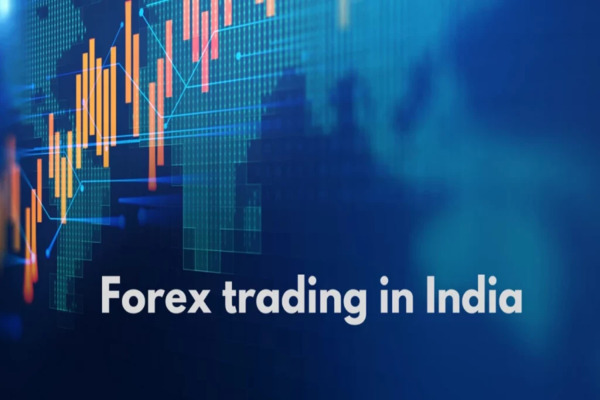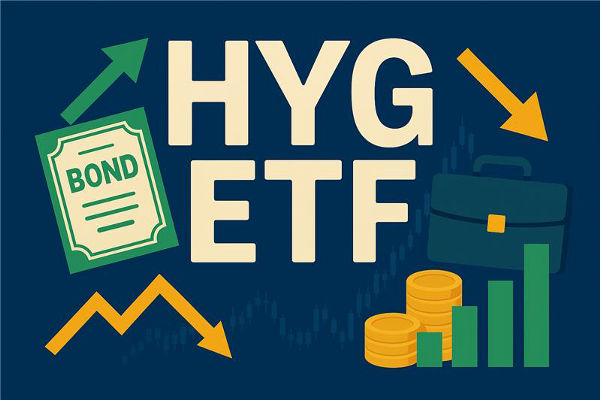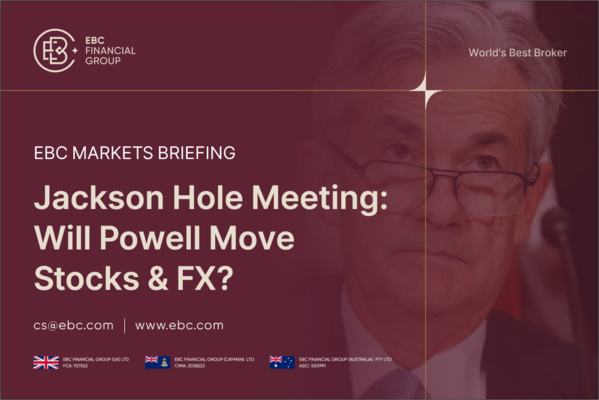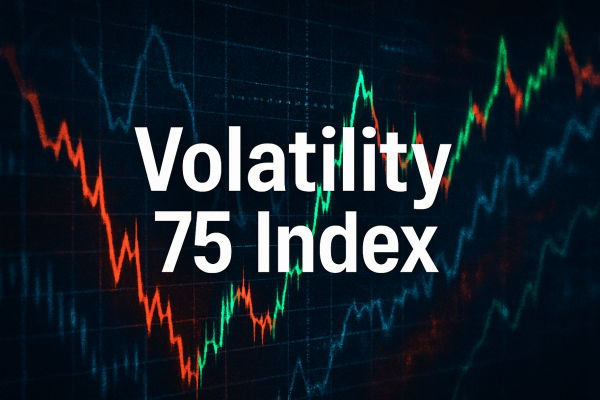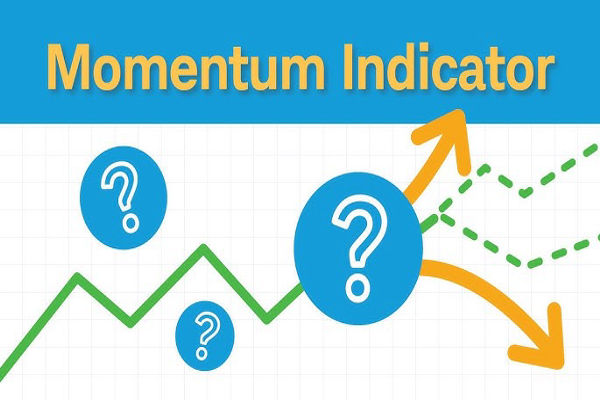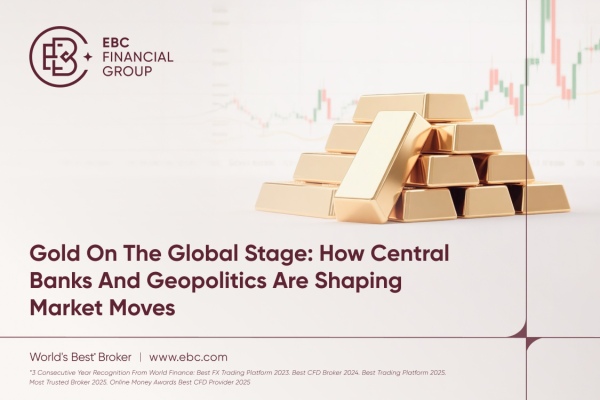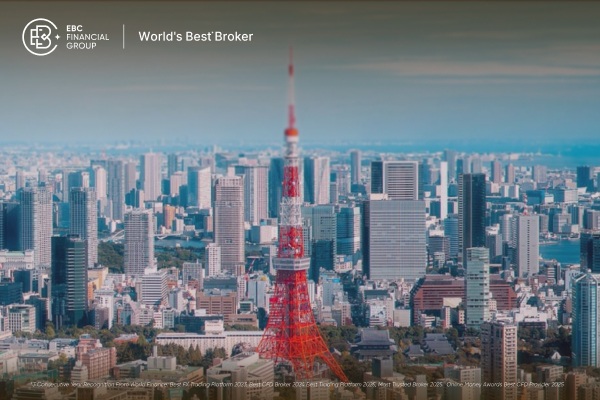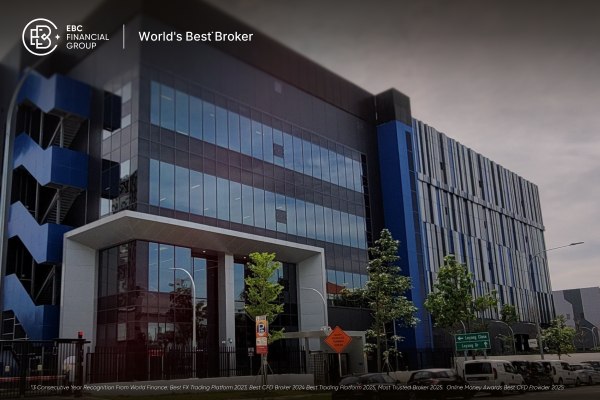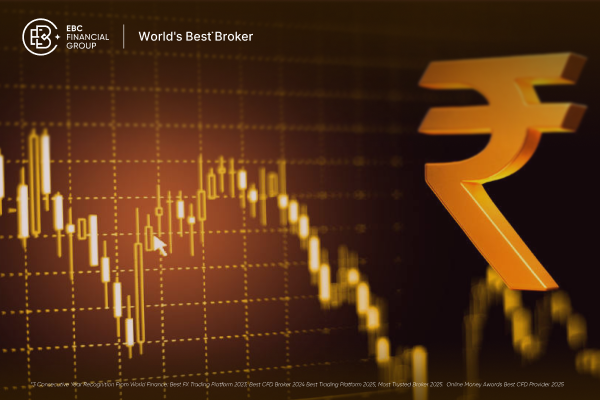Exchange-traded funds (ETFs) have become one of the most popular ways for investors to access markets. Among them, sector ETFs give investors exposure to specific areas of the economy without having to pick individual stocks. One of the most notable examples is the Materials Select Sector SPDR Fund (XLB ETF).
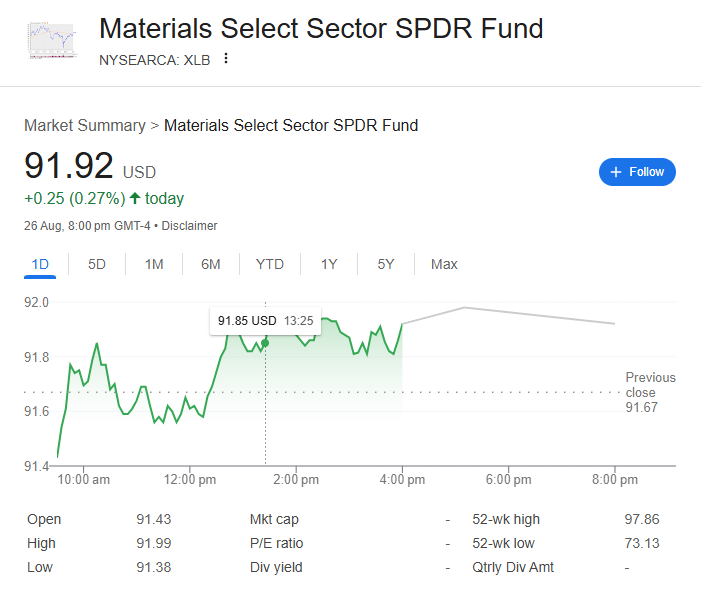
1. What the XLB ETF Tracks
The XLB ETF mirrors the Materials Select Sector Index, which represents the materials sector of the S&P 500. It includes only large, US-listed companies, excluding small-cap and international players. This design ensures liquidity and stability, though it narrows the focus to domestic giants.
The materials sector is inherently cyclical, and the XLB ETF reflects this characteristic. In boom times, when construction activity rises, manufacturing accelerates, and demand for chemicals or metals increases, XLB typically outperforms. In downturns, when industrial demand slows, the fund tends to lag behind broader indices.
For instance, during the recovery from the 2008 financial crisis, infrastructure spending and global commodity demand drove a strong rebound in materials stocks, boosting XLB. Conversely, during the early months of the Covid-19 pandemic in 2020, industrial demand collapsed, and the ETF underperformed until stimulus-driven recovery took hold.
2. Key Industries Represented in the XLB ETF
One of the most important things to know about the XLB ETF is the mix of industries within it. Chemicals dominate the fund, usually accounting for over 60% of its weight. This includes global leaders such as Dow Inc. and Linde plc. These companies produce everything from basic industrial chemicals to advanced materials used in technology, healthcare, and energy.
Metals and mining form another significant portion, including firms like Freeport-McMoRan. These companies are influenced by global demand for copper, gold, and other resources. Rising commodity prices often translate into stronger earnings for these firms, lifting the ETF.
Construction materials and containers and packaging also feature in XLB. Companies producing cement, steel, and packaging solutions benefit directly from housing activity, infrastructure spending, and industrial demand.
This composition means the XLB ETF is not evenly balanced across industries but heavily tilted toward chemicals. As a result, trends in the chemical industry often define the ETF’s performance.
3. Performance Drivers of the XLB ETF
The performance of the XLB ETF is shaped by three major factors: economic cycles, commodity trends, and government policies.
Economic cycles are the most direct driver. During expansions, demand for materials increases, lifting revenues for companies in the fund. For example, XLB delivered strong gains during the post-pandemic recovery in 2021, as stimulus packages and infrastructure investment boosted demand. Conversely, in recessions, demand contracts, hurting performance.
Commodity cycles also play a role. Rising oil, metal, or chemical prices can improve margins for producers, though higher input costs may hurt downstream firms. For instance, when copper prices soared in 2021 due to supply shortages and strong demand, mining stocks in XLB outperformed.
Government policies add another layer. Infrastructure spending bills in the US often increase demand for construction materials, benefiting companies in the fund. At the same time, environmental regulations can impose costs on chemical and mining firms, creating headwinds.
4. Costs and Liquidity of the XLB ETF
Cost efficiency is one of the strengths of the XLB ETF. With an expense ratio of just 0.10% (as of 2025), it is significantly cheaper than actively managed sector funds. For long-term investors, low costs compound into higher returns over time.
Liquidity is another advantage. As one of the Select Sector SPDR funds, XLB has high trading volumes and assets under management. This ensures tight bid-ask spreads, making it suitable not only for long-term investors but also for traders seeking to capture shorter-term moves.
The combination of low costs and strong liquidity makes XLB one of the most accessible sector ETFs for retail and institutional investors alike.
5. Risks to Consider in the XLB ETF
Like all investments, the XLB ETF carries risks. The first is sector concentration. While the fund provides diversification within the materials sector, it does not diversify across other industries. Investors exposed heavily to XLB are essentially betting on the strength of the US materials industry.
Another risk is sensitivity to commodity prices. A downturn in global demand for metals, or oversupply in chemicals, can hurt earnings and drag down the ETF. For example, during the 2015 commodity slump, materials stocks struggled, and XLB underperformed.
Environmental and regulatory risks also loom large. Increasing global focus on sustainability and stricter environmental standards can raise costs for chemical and mining firms, reducing profitability.
Finally, because the ETF excludes international companies, it does not benefit directly from growth in emerging markets, which are often major consumers of materials. Investors seeking global exposure may need to complement XLB with international funds.
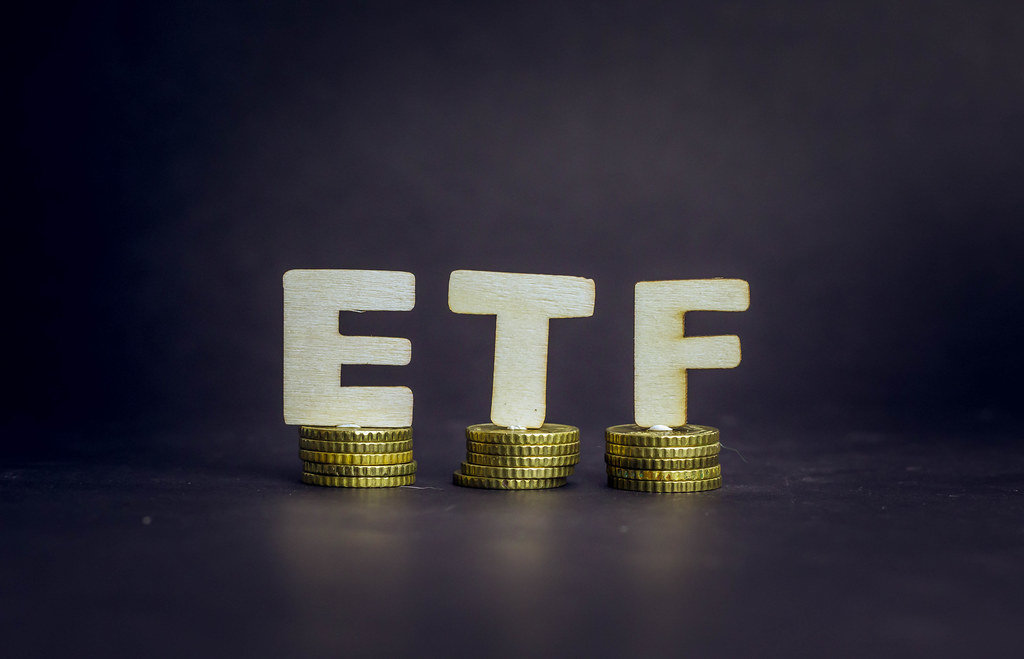
Final Thoughts
The XLB ETF is a powerful tool for gaining exposure to the US materials sector. It tracks the Materials Select Sector Index, focusing on chemicals, metals, mining, construction materials, and packaging. Its performance is tied to economic cycles, commodity trends, and government policy, making it a cyclical and sometimes volatile investment.
With low costs and high liquidity, XLB is attractive for both long-term investors and short-term traders. However, sector concentration and sensitivity to global economic conditions mean it should be used thoughtfully within a diversified portfolio.
For investors who believe in the growth of infrastructure, construction, and industrial demand, the XLB ETF provides direct and efficient access. But like all sector funds, it demands careful monitoring of macroeconomic indicators and commodity markets.
FAQs About the XLB ETF
1. What companies are included in the XLB ETF?
The fund includes US-listed materials companies such as Dow Inc., Linde plc, and Freeport-McMoRan, with chemicals dominating its composition.
2. Does the XLB ETF pay dividends?
Yes. As the underlying companies pay dividends, the ETF distributes them to investors, though yields vary depending on sector performance.
3. How volatile is the XLB ETF?
XLB is more volatile than broad market ETFs because it is tied to the cyclical materials sector, which fluctuates with commodity and economic cycles.
Disclaimer: This material is for general information purposes only and is not intended as (and should not be considered to be) financial, investment, or other advice on which reliance should be placed. No opinion given in the material constitutes a recommendation by the author that any particular investment, security, transaction, or investment strategy is suitable for any specific person.












